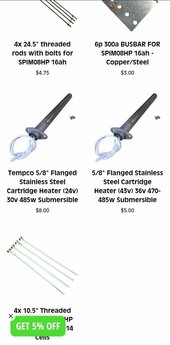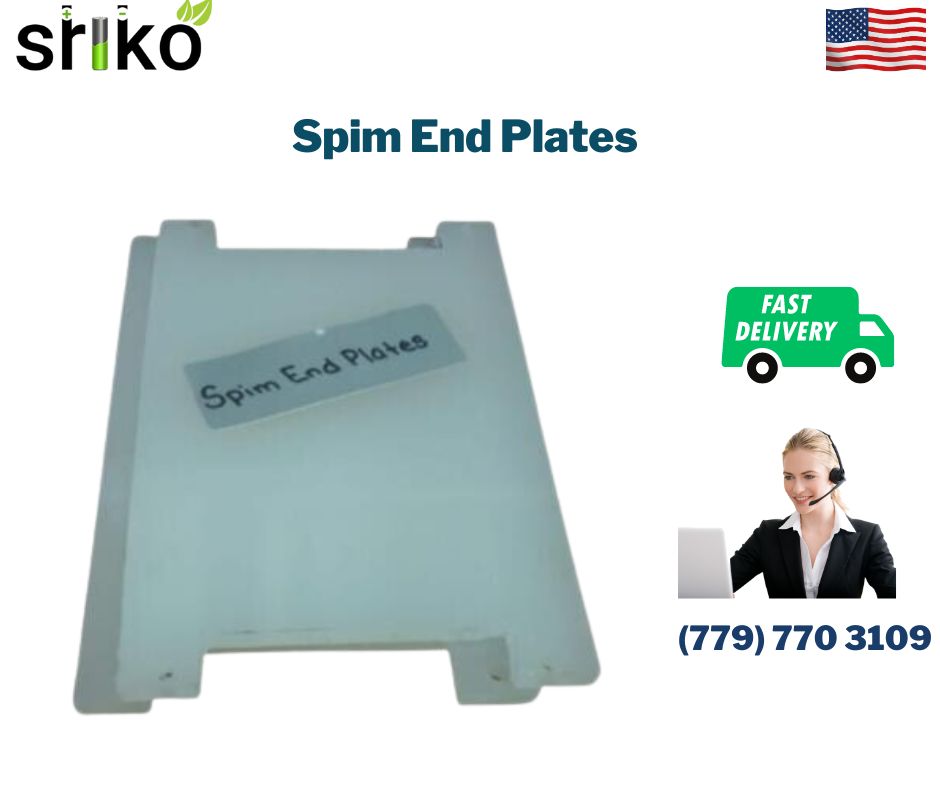I'm building a 4s 2p starting battery out of some of the used SPIM08HP pouch cells from Battery Hookup. I'm trying to get rid of my giant lead acid starting batteries in my truck.
I have made 2 separate packs of 4 cells each. Each one is not going to be charged past 4.0 volts per cell (16.0 total). These batteries can handle starting my truck easily with 1p, let alone 2p! (It's also got 2 separate chargers, 2 protection boards, and a lot of other things that aren't worth going into here)
I am essentially using these batteries like capacitors. The starter will pull less than 100A per battery, and then be charged back to 16.0v. Obviously I only need to use the starter for a few seconds. They will not be fully cycled.
Given this super low stress lifestyle, do I still need to compress these pouch cells? If so, everybody says you can just put 4 long bolts through each corner, since they have a nice little plastic protector around them. What about the top and bottom, do I need some kind of plate there? They seem kind of flimsy at both ends if you bolt them together.
I have made 2 separate packs of 4 cells each. Each one is not going to be charged past 4.0 volts per cell (16.0 total). These batteries can handle starting my truck easily with 1p, let alone 2p! (It's also got 2 separate chargers, 2 protection boards, and a lot of other things that aren't worth going into here)
I am essentially using these batteries like capacitors. The starter will pull less than 100A per battery, and then be charged back to 16.0v. Obviously I only need to use the starter for a few seconds. They will not be fully cycled.
Given this super low stress lifestyle, do I still need to compress these pouch cells? If so, everybody says you can just put 4 long bolts through each corner, since they have a nice little plastic protector around them. What about the top and bottom, do I need some kind of plate there? They seem kind of flimsy at both ends if you bolt them together.





